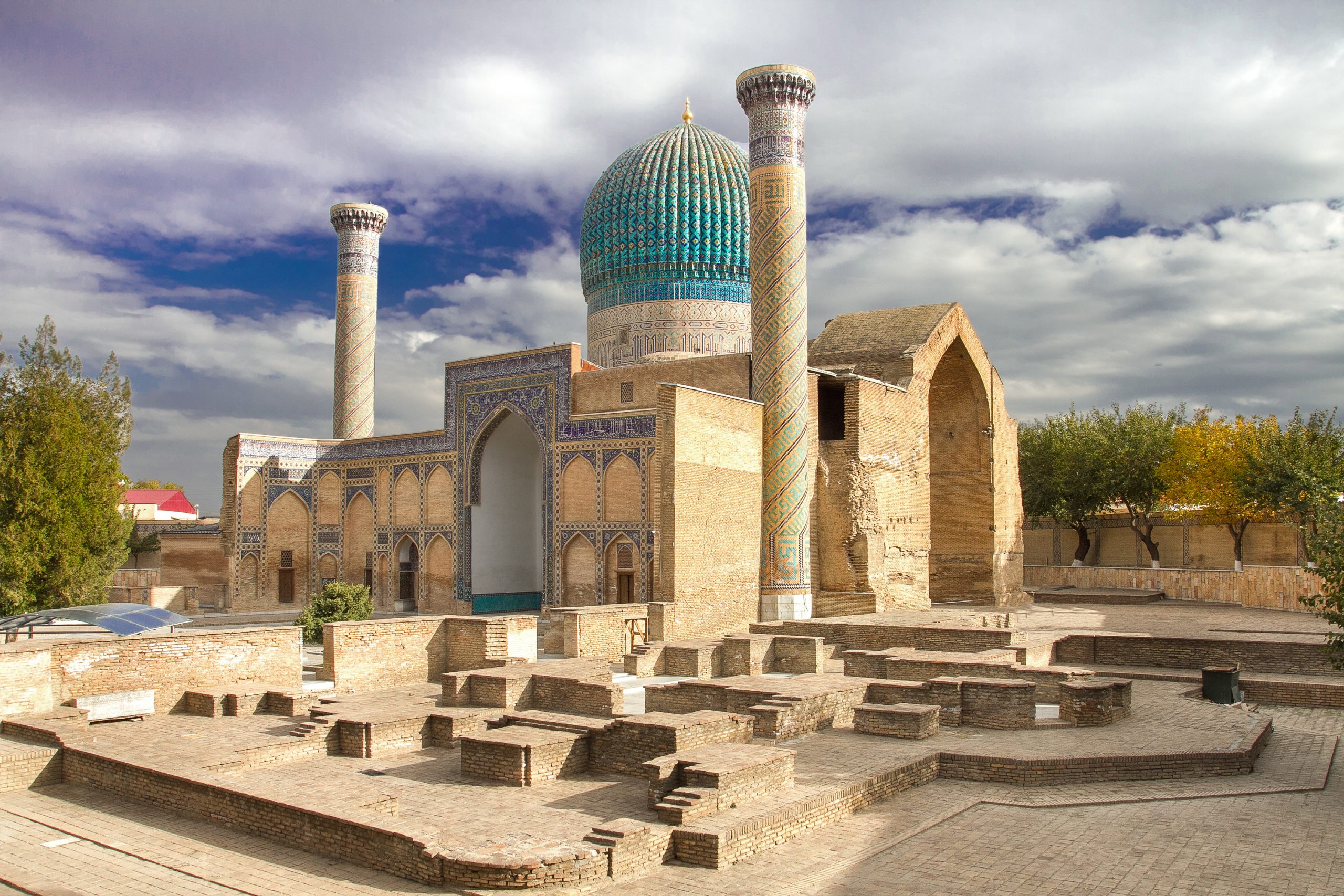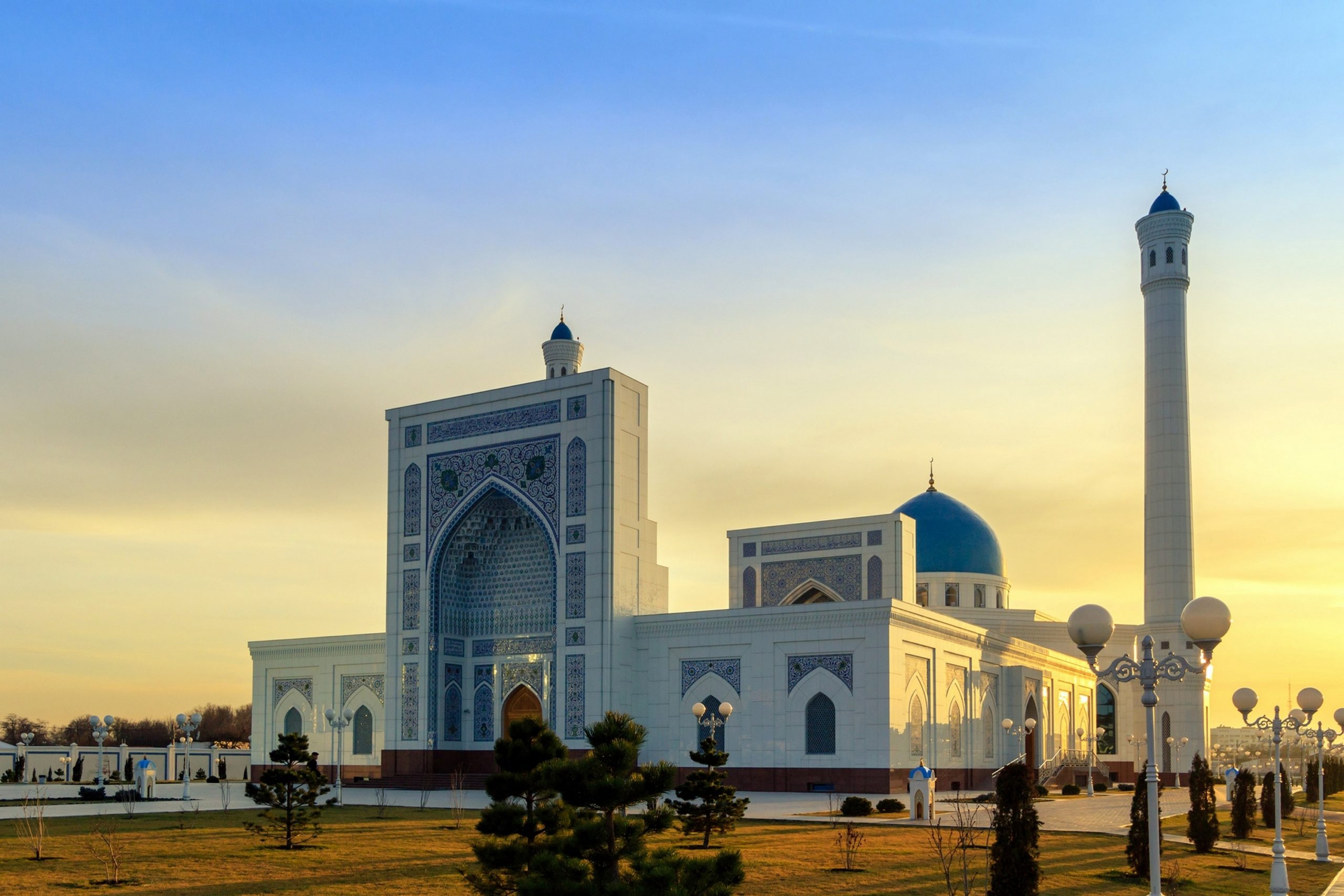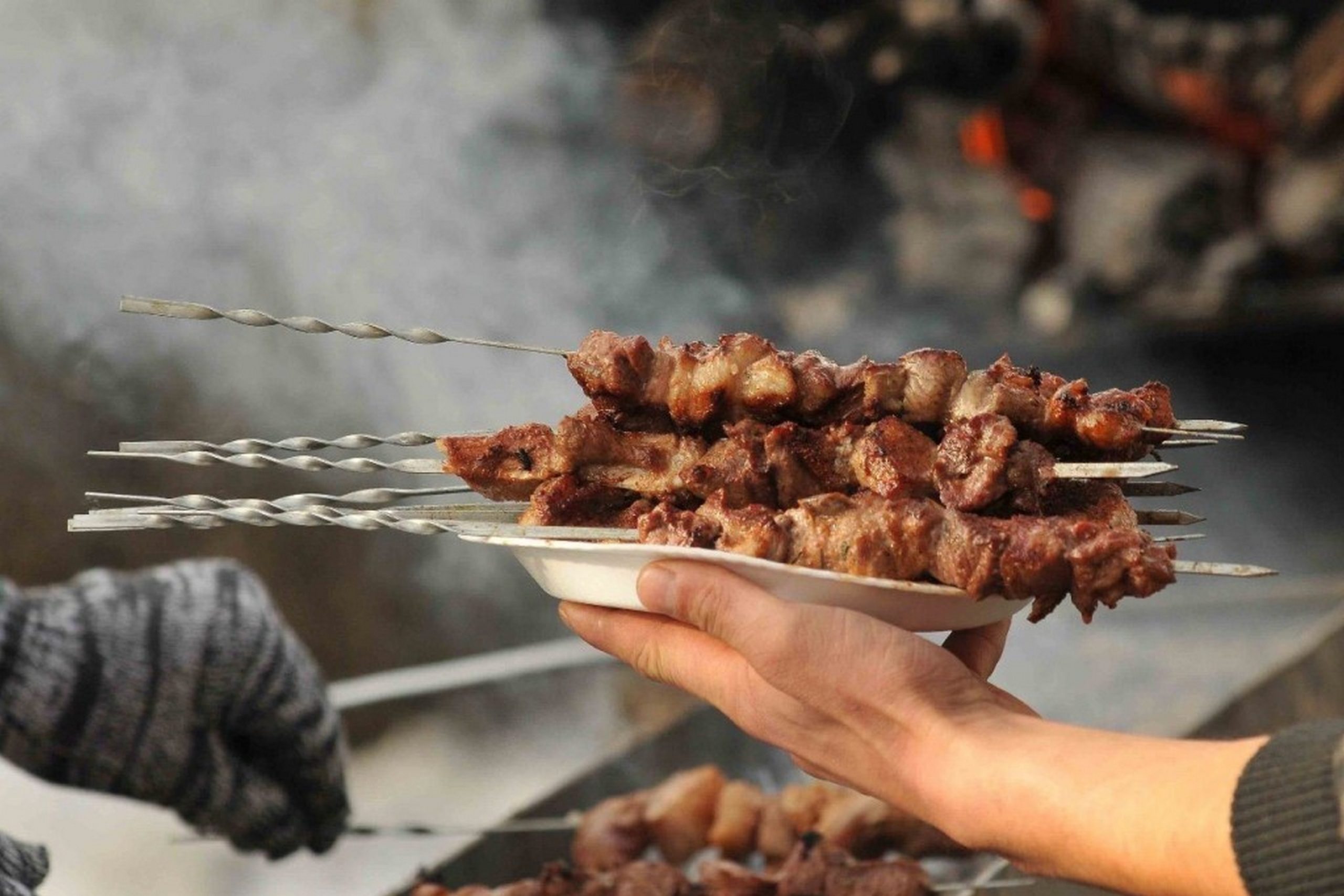History of Uzbekistan
The temporary chronicle of the history of Uzbekistan will show you the way to an extraordinary adventure through the heart of Central Asia, through the Treasury of ancient monuments and structures. This is an exciting adventure through the land that has become the cradle of ancient civilizations.
The noble lands of Uzbekistan have become a home for many people, thanks to the fertile soil, excellent climate, ideal for raising livestock, growing delicious vegetables and fruits. Uzbekistan is a thriving oasis located between the great rivers Amu Darya and Syr Darya, where great civilizations flourished, bloody wars were waged, so many destinies flourished, died and were reborn in the immortal memory of the great people of the East.
The people who once inhabited the lands of all Central Asia, including the territory of Uzbekistan, are among the oldest. This is proved by numerous finds of tools made of stone, bone and wood. Also, archaeologists have found the remains of a Neanderthal man who lived during the late Paleolithic period.
According to old records and facts found by historians, the oldest cities began to emerge during the existence of some of the most ancient powers, such as Bactria, Sogdiana and Khorezm, starting from about the VI century BC, which were part of the Empire of the Achaemenid dynasty. In the same period, the ancient city of Samarkand appeared. But the proud people of those lands could not tolerate life under the yoke of the Persians and a later (about the end of the IV century) Khorezm became independent. After about 4 centuries of existence, these rich and prosperous lands did not give a restful sleep to Alexander the Great, charming with their brilliance. After a bloody struggle for these territories, Alexander conquered them, claiming power in the majestic Sogdiana. But his reign was short-lived. We all know that Alexander the great died in the Prime of life, leaving his land without a strong ruler. Its territories became part of the state that belonged to the great Seleucus. After some time, the territories of this state were annexed to the Greco-Bactrian. It was under the Greco-Bactrian rule that the economy of cities rose significantly, thanks to which the development and culture followed, crafts, trade, urban planning developed and improved, and ancient coins were minted. Many wars were waged for these lands, the rulers were replaced one after another, intertwining the lives and destinies of different people and peoples. All these conquests, reigns, and periods of the rise and fall of the great powers had a huge impact on the development of the history of Uzbekistan and the formation of modernity.
As you know, despite the fact that Uzbekistan is a secular state, the predominant religion among the population is Islam. The beginning of the centralization of Islamic culture on the territory of Uzbekistan was given by the Arabs who conquered the territory of modern Uzbekistan and formed the Arab Caliphate. The rule of the Arabs was replaced by the reign of the Samanid dynasty, who made the capital of their state the city of Bukhara. In Bukhara to this day you can visit the famous mausoleum of Ismail Samani. This period was marked by a rapid rise in culture and improved regulation of the state system. Then comes the period of Mongol rule in the Central Asian territories. Genghis Khan was a brilliant ruler and military leader, which, unfortunately, in the period of his reign he destroyed many ancient monuments. After about 4 centuries of Genghisid rule, the lands of modern Uzbekistan passed to Amir Timur, who, starting from the XIV century, conquered and United the territories of Asia Minor, Persia, and Northern India. Under Tamerlane, science and culture also flourished, as he was the patron of scientists, philosophers, and encouraged the development of all spheres of life. He made Samarkand the capital of his state. After the great reign of Amir Timur in Uzbekistan, there are 3 States: Khiva khanate, Bukhara Emirate and Kokand khanate, which ceased to exist with the beginning of colonization of the Russian Empire, making almost the entire territory of Central Asia became a part of it. But after the great October revolution, this territory was captured by the Soviet Bolsheviks and divided into republics. And in 1924, the Uzbek SSR was formed with its capital in Samarkand. Later, the capital was moved to Tashkent. During the period when Uzbekistan was part of the Soviet Union, it became a well-developed agricultural and industrial country, many industrial facilities were built. In 1991, Uzbekistan declared its independence, taking a course of development based on the principles of democracy. Today, Uzbekistan is a modern successfully developing country, where at the same time objects of great historical heritage are carefully preserved.
Many people who are interested in the history of mysterious antiquity, the confusing middle ages and the controversial period of Soviet times will find so much new and unknown for themselves. Walk along the paths of ancient civilizations and feel the spirit of antiquity with us. We will guide you along the well-trodden paths of ancient kings, medieval thinkers and great people born and raised in the noble lands of Uzbekistan.




